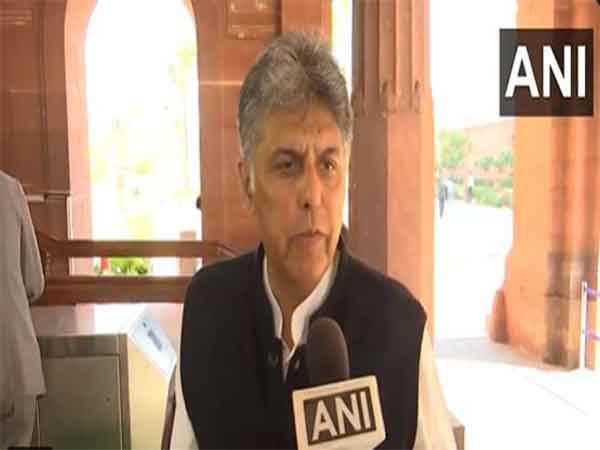
The dismantling of the U.S. Department of Education is now all but assured.
While the department can only be terminated through an act of Congress, the president’s executive powers give him wide latitude over how cabinet level departments are structured and how they operate. To date, the Trump administration has ordered the reassignment of the Education Department’s $1.6 trillion loan portfolio to the Treasury Department and its $15.

5 billion program servicing the educational needs of students and young adults with disabilities to the Health and Human Services Department. The future of the $15 billion that provides educational assistance to economically disadvantaged children (e.g.
, Title I) is still up for grabs. USDOE Secretary Linda McMahon asserts there will be no changes, but that department functions may be reassigned to other (as yet unnamed) departments and agencies. In addition, education department funding contracts for programs that support K-12 and higher education research and innovation have all but evaporated.
Across America’s universities and nonprofit think tanks, education researchers have been forced to shut down their federally funded research in mid-stream. According to Lisa Guernsey (New America), “The USDOE cancelled at least $881 million in contracts in its research division this week, halting research underway around the country on what helps students achieve success in schools.” Stanford and UC Berkeley are two of America’s premier research institutions.
Between them they receive tens of millions of dollars annually in external funding for research. Approximately 75% of these funds come from the federal government. Much of that funding has now been cancelled, dramatically reduced, or put on hold.
The implications of such drastic cuts on the development and dissemination of educational research for policy makers and practitioners are deeply troubling. At UC Berkeley the U.S.
Department of Education provides significant funding for research and innovations in teaching practices, leadership development, professional development, instructional technology, serving high needs and special needs students, child development, program evaluation research, and evidence-based projects designed to improve student achievement and educational opportunities. A recently awarded $3 million federal grant to support the recruitment, development and retention of desperately needed credentialed bilingual/multilingual teachers of color in Bay Area schools is just one of several projects at risk of shutting down with no available alternative source of financial support. The Stanford School of Education stands to lose federal funding support for its Educational Opportunity Project and the Center for Education Policy Analysis.
Dozens of projects that focus on improving education, addressing equity gaps, and understanding educational trends may be on the cutting block. The Trump administration maintains that U.S.
Department of Education programs like these are better served by the states without the burdensome (and costly) oversight by federal education bureaucrats. The administration has yet to provide any details on what money will be transferred to the states, how they intend to implement this plan, or how to assist states in making the transition. There are significant problems with this approach.
First, the capacities of the 50 states vary dramatically in terms of their readiness and ability to take over literally hundreds of federal education programs and their complex funding dynamics. Second, taking over, implementing, managing and evaluating these programs will take resources above and beyond their federally budgeted amounts. It takes people with expertise and experience to do this work (and there is a limited supply of such people across the 50 states).
It will also require additional technology and facility resources to house and assume the new tasks, systems, procedures and legal demands that come with massive federal-to-state program transfers. Third, the fragmentation of federal education programs among 50 states will make comparative data analyses almost impossible. Guernsey adds, “Imagine this work being duplicated by 50 state agencies with 50 different methods for collecting data and no mechanism for analysis or standardization among them.
” Research is what allows us to understand how American students are doing in our public schools. It allows us to ensure that state (and/or federal) dollars are being spent in the most appropriate and effective ways to help our children succeed. Finally, data from research allows us to maintain our competitive edge in innovation, business and industry in comparison with other countries.
Guernsey makes a compelling closing argument. “If the government is truly concerned with efficiency and effectiveness, we should be investing in research and development and building up our infrastructure to support robust data collection, rather than crippling it.” Amen to that.
Stephen Davis is a career educator who writes a column that publishes every other Wednesday in the Daily Republic. Reach him by email at [email protected] .
.











